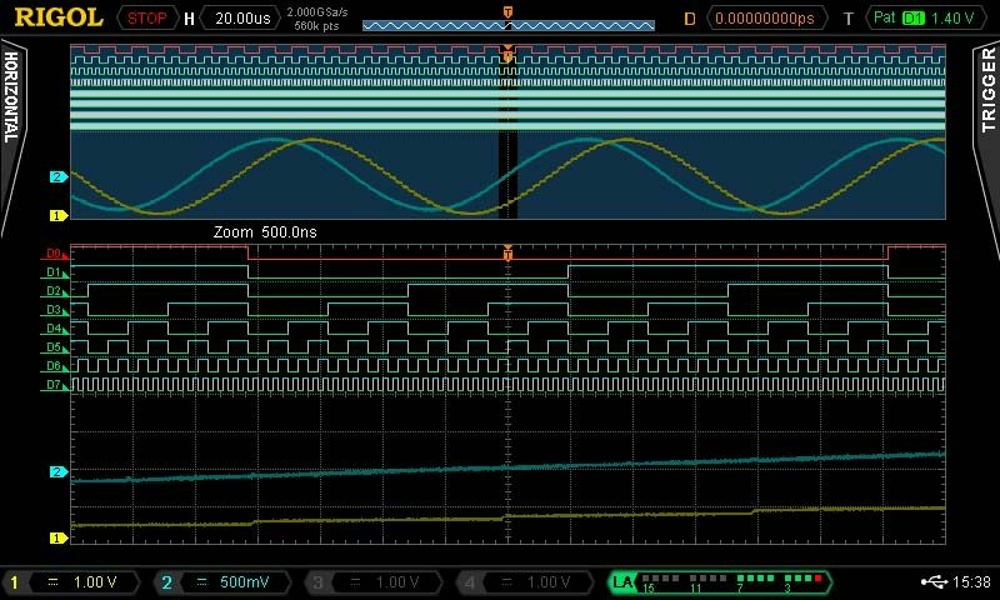Zero trust as a cybersecurity tactic depends less on the presumption of trust and more on the context created by the use of strong user authentication and least privileged access restrictions. The network infrastructure will be made simpler, end users’ experience will be enhanced, and security against cyberattacks will be strengthened with a well-designed zero-trust architecture.
“Never trust, always verify” is the rule of a zero trust architecture. A zero-trust architecture aims to reduce unauthorised entrance and lateral movement by applying context-specific access limits. These guidelines take into account the user’s employment, location, the kind of gadget they’re using, and the information they’re looking for.
How exactly does zero-trust security work?
The use of robust multifactor authentication (MFA) techniques other than passwords, including biometrics or one-time codes, as well as the monitoring and verification of communication across various sections of the environment, are the essential elements of a zero trust architecture.
A resource’s location on the network is no longer the fundamental determinant of its security posture in a zero trust architecture. It is recommended to use software-defined microsegmentation rather than inflexible network partitions to protect your data, processes, and services. Your data centre, hybrid cloud deployments, and multicloud deployments can all keep your data, processes, and services at a consistent degree of security.
By replacing network location as a position of advantage with explicit trust based on identification, it may be able to reduce the amount of implicit trust that exists.
Zero trust might be summed up in a few words
Act as though your adversaries are growing closer at all times. Since the 1990s, network security has been based on the concept of a guarded network perimeter and a central data centre; this is a significant shift from that approach. In these network topologies, authorised IP addresses, ports, and protocols are utilised to create trust and regulate access. This includes anybody who connects remotely to the company’s system via a virtual private network (VPN).
The “zero trust” approach, on the other hand, sees all traffic as dubious, even if it is already within the boundary. For instance, tasks are unable to interact with one another until a set of attributes, such as a fingerprint or an identity, have confirmed their legitimacy. Whether a workload interacts in a public cloud, hybrid environment, container, or on-premises network architecture, identity-based validation rules provide a more robust level of security that follows the workload.
Ideas The Zero Trust Framework’s foundation
Beyond only user identity, separation, and encrypted access, zero trust encompasses much more. It serves as a guide for using this practise while creating a safe computing environment. Its guiding concepts are the three listed below:
Conclusion
Firewalls and related technologies use a “passthrough” mechanism to assess data while it is being sent. When a potentially hazardous file is found, notifications are usually sent at inconvenient times. An efficient zero trust solution will cut off all connections to guarantee that every communication, including encrypted data, is examined in real time before it reaches its destination. This is done to protect against hackers and dangers like viruses and ransomware








